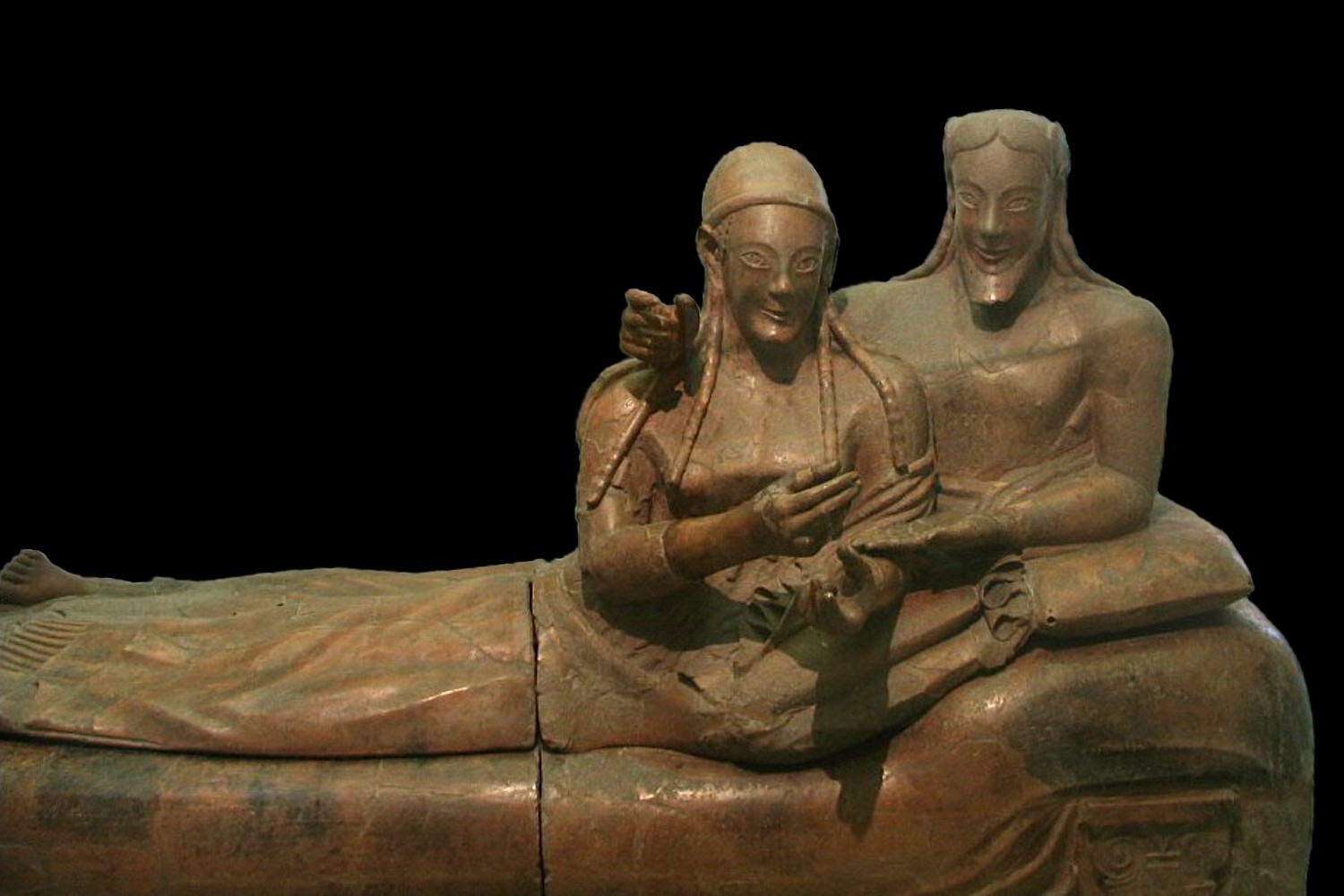Villa Giulia Museum on:
[Wikipedia]
[Google]
[Amazon]
The National Etruscan Museum ( it, Museo Nazionale Etrusco) is a museum of the Etruscan civilization, housed in the Villa Giulia in Rome, Italy.
 The museum's most famous single treasure is the terracotta funerary monument, the almost life-size ''Bride and Groom'' (the so-called ''
The museum's most famous single treasure is the terracotta funerary monument, the almost life-size ''Bride and Groom'' (the so-called ''
Museo Nazionale Etrusco information
* 1889 establishments in Italy Archaeological museums in Italy Art museums and galleries in Rome Museums established in 1889 National museums of Italy Rome Q. III Pinciano {{italy-museum-stub
History
The villa was built for PopeJulius III
Pope Julius III ( la, Iulius PP. III; it, Giulio III; 10 September 1487 – 23 March 1555), born Giovanni Maria Ciocchi del Monte, was head of the Catholic Church and ruler of the Papal States from 7 February 1550 to his death in March 155 ...
, for whom it was named. It remained in papal property until 1870, when, in the wake of the Risorgimento and the demise of the Papal States, it became the property of the Kingdom of Italy. The museum was founded in 1889 as part of the same nationalistic movement, with the aim of collecting together all the pre- Roman antiquities of Latium, southern Etruria
Etruria () was a region of Central Italy, located in an area that covered part of what are now most of Tuscany, northern Lazio, and northern and western Umbria.
Etruscan Etruria
The ancient people of Etruria
are identified as Etruscan civiliza ...
and Umbria belonging to the Etruscan and Faliscan civilizations, and has been housed in the villa since the beginning of the 20th century.
Collections
 The museum's most famous single treasure is the terracotta funerary monument, the almost life-size ''Bride and Groom'' (the so-called ''
The museum's most famous single treasure is the terracotta funerary monument, the almost life-size ''Bride and Groom'' (the so-called ''Sarcofago degli Sposi
The ''Sarcophagus of the Spouses'' ( Italian: ''Sarcofago degli Sposi'') is considered one of the great masterpieces of Etruscan art. The Etruscans lived in Italy between two main rivers, the Arno and the Tiber, and were in contact with the ...
'', or ''Sarcophagus of the Spouses''), reclining as if they were at a dinner party.
Other objects held are:
* The Etruscan-Phoenician Pyrgi Tablets
* The Apollo of Veii
* The Cista
A cista is a box or basket used by the ancient Egyptians, Greeks, Etruscans and Romans for various practical and mystical purposes.
Purpose and usage
The ''cista'' or ''cistella'' was at first thought be a wicker basket used for holding fruits ...
Ficoroni
* A reconstructed frieze displaying Tydeus eating the brain of his enemy Melanippus
* The Tita Vendia vase
* The Sarpedon Krater (or, the " Euphronios Krater") - this is now at the Archaeological Museum of Cerveteri, it was at the Villa Giulia from 2008 to 2014
* The Centaur of Vulci
The Centaur of Vulci is a statue of the Etruscan Orientalising period, discovered in Vulci near Etruscan Viterbo, now in the collection of the National Etruscan Museum of Villa Giulia in Rome.
History
The statue was discovered in a private tom ...
* Phoenician metal bowls
See also
* Tarquinia National MuseumReferences
*External links
Museo Nazionale Etrusco information
* 1889 establishments in Italy Archaeological museums in Italy Art museums and galleries in Rome Museums established in 1889 National museums of Italy Rome Q. III Pinciano {{italy-museum-stub